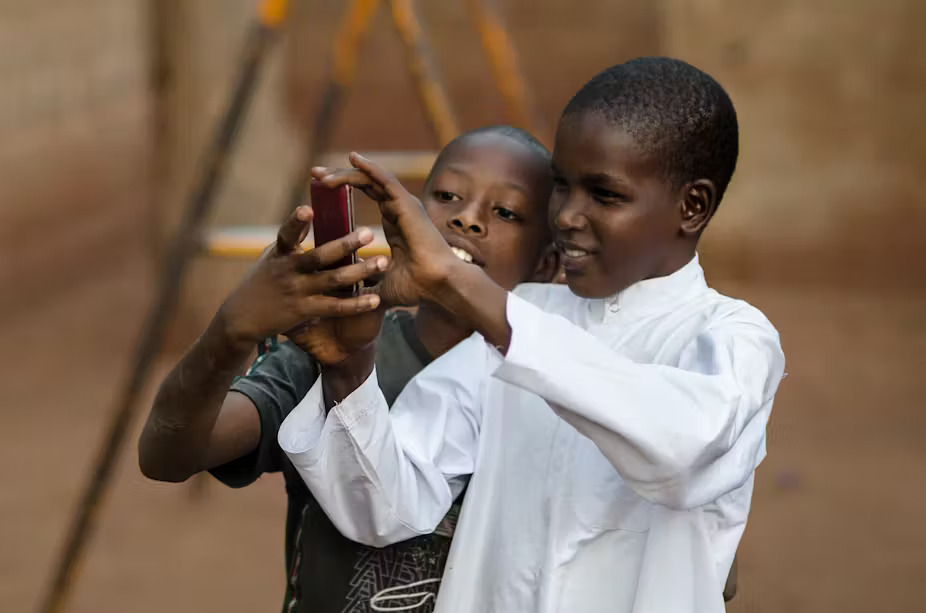In many parts of the world, access to quality education is still a challenge due to factors such as poor internet connectivity, lack of digital devices, and financial constraints. While e-learning platforms and digital courses have expanded opportunities for some, millions of learners in underserved communities remain disconnected. One simple yet powerful solution to bridge this gap is SMS-based learning—a low-tech, high-impact approach that delivers educational content directly to mobile phones via text messages.
Why SMS-Based Learning is Crucial
Bridging the Digital Divide
Many rural areas lack access to stable internet connections, limiting students’ ability to use online learning platforms. SMS learning ensures that even students in remote areas with only basic mobile phones can access quality education.
Widespread Mobile Phone Usage
In many developing countries, mobile phone penetration exceeds internet access, making SMS a more accessible medium for education. According to the GSMA Mobile Economy Report (2023), over 75% of people in sub-Saharan Africa own mobile phones, but only 35% have access to smartphones with internet.
Cost-Effective and Inclusive
SMS learning eliminates the need for expensive internet plans and smart devices, making education more affordable. It is text-based, meaning it can cater to learners with low digital literacy who may struggle with complex apps and interfaces.
Scalable and Easy to Implement
SMS-based learning can be deployed nationwide with minimal infrastructure, leveraging existing mobile networks. Governments, NGOs, and educational institutions can use SMS platforms to send lesson summaries, quizzes, and interactive learning modules to students in remote areas.
How SMS-Based Learning Works
Daily Learning SMS
Students receive structured lessons via SMS, covering subjects like math, science, reading, and entrepreneurship.
Example: A daily SMS lesson on fractions— “Fractions: A fraction is a number that represents a part of a whole. Example: 1/2 means one part of two equal parts.”
Interactive Quizzes and Assessments
Learners receive multiple-choice or short-answer quizzes via SMS and can reply with their answers.
Example: “Q: What is 50% of 200? Reply with A) 50 B) 100 C) 150 D) 200.”
Feedback and Support
Automated feedback is sent immediately, helping learners track their progress. Live teacher support can be integrated, allowing students to ask questions via SMS and receive personalized guidance.
Real-Life Implementations of SMS Learning
Bridge International Academies (Kenya, Nigeria, Uganda, Liberia)
Uses SMS-based lesson delivery and teacher training, reaching thousands of students in rural areas.
Improved student engagement and literacy rates despite the lack of internet access.
Txt2Bks (Philippines)
Developed an SMS-based book access system, allowing students to request book summaries via text messages.
Benefited students in remote islands with no internet access.
Eneza Education (Ghana, Kenya, Ivory Coast, Rwanda)
Provides interactive SMS-based lessons and assessments in core subjects.
Reported a 22% improvement in student performance after engagement with the platform.
Limitations of SMS-Based Learning and How to Overcome Them
| Challenge | Solution |
| Limited Engagement | Introduce gamification with SMS rewards, quizzes, and learning milestones |
| Language Barriers | Provide local language translations and voice-based SMS options. |
| Device and SIM Card Limitations | Partner with mobile networks to provide free educational SMS services. |
| Scalability Issues | Collaborate with NGOs, telecom providers, and governments to expand reach. |
Implementation Plan for SMS Learning in Rural Areas
Content Development
- Develop concise, engaging lessons that fit into SMS format.
- Partner with curriculum developers to align with national education standards.
Content Development
- Secure agreements with telecom providers to offer zero-rated educational SMS services.
- Negotiate bulk SMS packages to make it cost-effective.
Teacher Training and Support Content Development
- Equip teachers with SMS-based instructional strategies.
- Develop a support system where students can text teachers for clarification.
Monitoring and Evaluation
- Track student participation and engagement using SMS response data
- Conduct pre- and post-learning assessments to measure effectiveness.
Future of SMS-Based Learning
- Integration with AI: AI-driven chatbots can provide instant tutoring and adaptive learning via SMS.
- Voice and Multimedia Expansion: Future versions may include voice-based SMS and multimedia content for enhanced engagement.
- Partnerships with Telecom Companies: Governments and telecom providers can work together to offer zero-rated SMS educational services.
Conclusion
SMS-based learning is a powerful, low-cost, and scalable solution to expand education access in remote and underserved communities. By leveraging the simplicity of text messaging, millions of learners who lack internet access can receive quality education and life-changing opportunities.
As we move forward, integrating SMS learning with AI, gamification, and partnerships will further revolutionize its impact. Education should be accessible to all—and with SMS learning, no one is left behind.


Leave a Reply